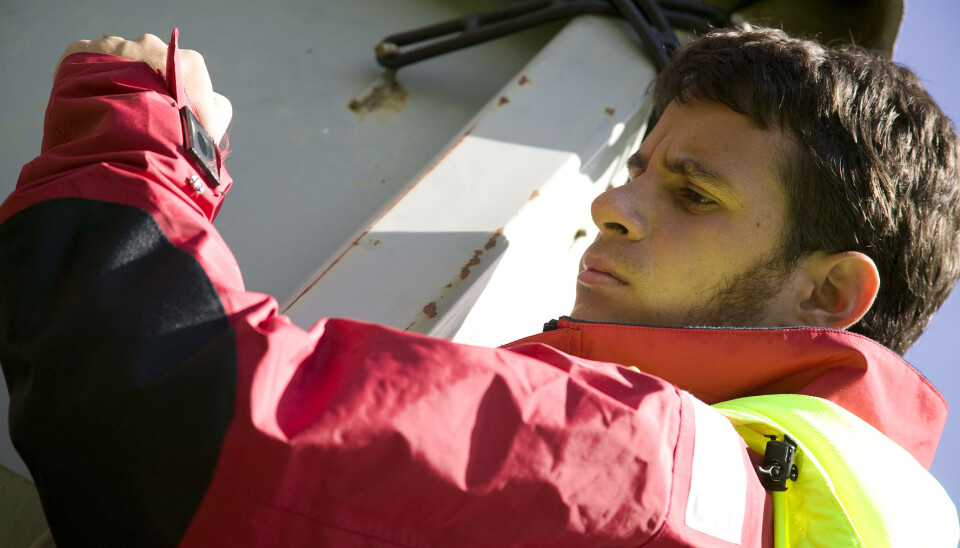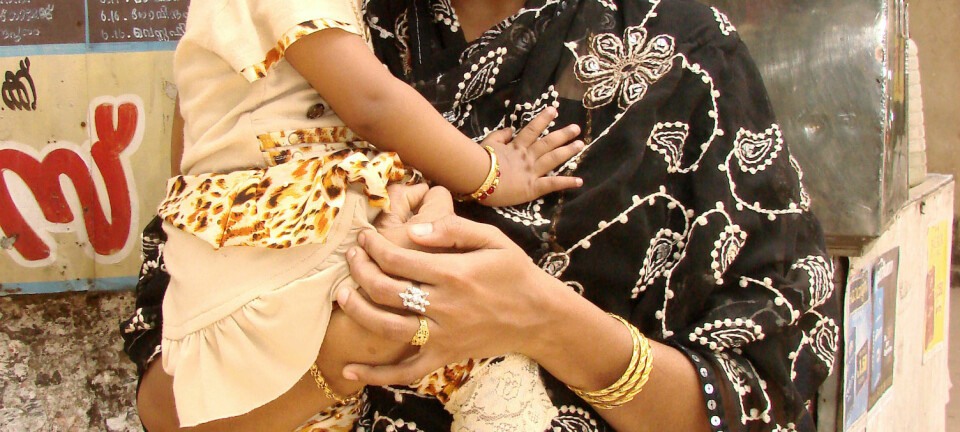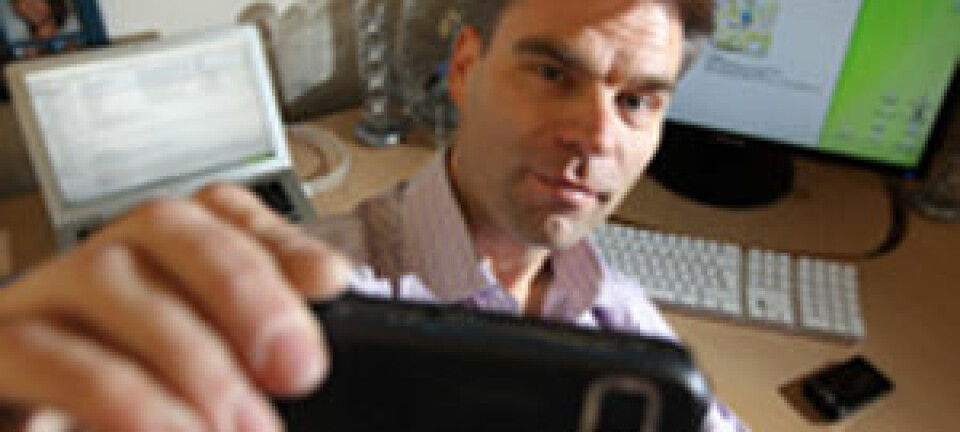An article from Norwegian SciTech News at SINTEF

The jacket that talks to Facebook
Collision. Fire. Accidents. Chaos. In a rescue operation, it’s no use trying to communicate via a small mobile phone display. But a jacket - now you're talking!
Denne artikkelen er over ti år gammel og kan inneholde utdatert informasjon.
Most of our focus when we use computers is on the screen. We communicate via a display. But in an emergency situation, we cannot expect rescue crews to do their jobs while fumbling with a tiny mobile phone when they need to read and send messages. It doesn’t just require full concentration – it also requires two hands.
Similarly, a firefighter called out to an emergency doesn’t have time to put on anything special – he or she just grabs a jacket and helmet, and runs.
“Crews therefore need devices with a much simpler user interface. That was the basic idea behind making jackets,” says researcher Babak Farshchian of SINTEF ICT.
BlueTooth
The EU Societies project is all about technology and communication in extreme situations, such as rescue operations following major accidents.

ICT researchers at SINTEF have been working on this topic for a long time, and the idea of developing a physical user interface for social media came from seeing how limited a normal mobile phone is as an aid during a chaotic emergency situation.
A group of students at the Norwegian University of Science and Technology's (NTNU) Department of Computer and Information Science (IDI) decided to create a prototype jacket that could communicate with Facebook, and have been working on the assignment for the last six months.
They decided to use the Arduino platform to create the physical user interface with social media. Arduino is a popular system used to develop physical prototypes that integrate with ICT.
The platform that supports the jacket communicates with an ordinary Android mobile phone via BlueTooth. This means that the user does not get tangled in cables.
Keyboard in the sleeve
They bought a simple lined jacket from a popular sports retailer called XXL, and inserted the cables and sensors between the inner and outer layers. Then they put a battery-operated circuit in the pocket, which controls the sensors and microphone. All the cables and electronics are concealed from the user.
Instead of a telephone display, the jacket sleeve has a display sewn into it, showing a line of rolling text. The user will also feel a vibration in his or her neck, made via a small vibrator inserted in the collar. A vibration means that the person has received a message, which he or she can read by lifting an arm and looking at the display.
Rescue work is often carried out in large groups, with professionals from different units and organizations that need to communicate and coordinate their actions efficiently during a rescue operation.
“By using social media technology, we can enable these groups to communicate, and this jacket with a similar, customized user interface makes it easy and practical to use more advanced ICT in demanding rescue work,” says Farshchian.
Better adapted to needs
Easier access to social media is an idea that could be of interest to those with sight and hearing impairments, since these groups have problems using a screen.
Being able to dictate and hear messages would not only be more user friendly, but also better adapted to their needs.
































